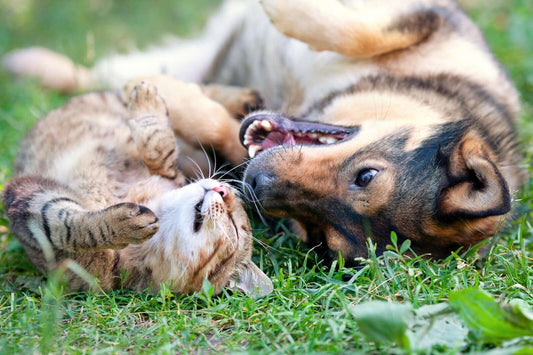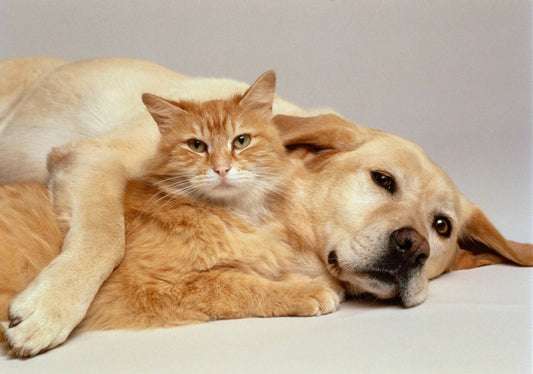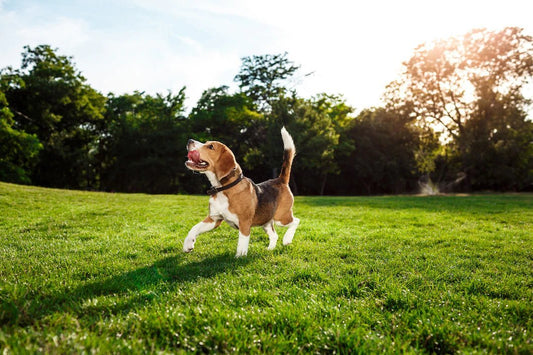As temperatures rise, it's important to be aware of the risks of heat stroke in pets. Knowing the signs, understanding how to treat heat stroke, and taking preventive measures can help keep your furry companion safe during hot weather. Here's a guide to help you navigate heat stroke in pets.
Heat Stroke in Cats:

Signs of Heat Stroke in Cats:
- Excessive panting or rapid breathing
- Drooling or excessive salivation
- Bright red tongue or gums
- Lethargy or weakness
- Vomiting or diarrhoea
- Unsteady walking or collapse
- Increased heart rate
- Seizures or tremors
Treatment of Heat Stroke in Cats:
- Move your cat to a cool and shaded area.
- Place cool, wet towels on your cat's body, focusing on the head, neck, and paw pads.
- Use a fan or air conditioner to promote air circulation.
- Offer your cat cool water to drink but avoid forcing them to drink.
- Contact your veterinarian immediately for guidance and further treatment.
Prevention of Heat Stroke in Cats:
- Provide access to cool, shaded areas indoors.
- Ensure fresh water is always available.
- Avoid leaving your cat in a parked car, even for a short period.
- Limit outdoor activities during the hottest parts of the day.
- Consider using cooling mats or ice packs to help regulate body temperature.
Heat Stroke in Dogs:

Signs of Heat Stroke in Dogs:
- Excessive panting or difficulty breathing
- Excessive drooling or thick saliva
- Bright red gums or tongue
- Lethargy or weakness
- Vomiting or diarrhoea
- Collapse or inability to stand
- Tremors or seizures
Treatment of Heat Stroke in Dogs:
- Move your dog to a cool and shaded area.
- Pour cool (not cold) water over your dog's body or use cool, wet towels.
- Place a fan near your dog to facilitate air circulation.
- Allow your dog to drink small amounts of cool water.
- Contact your veterinarian immediately for professional guidance and further treatment.
Prevention of Heat Stroke in Dogs:
- Provide access to shade and fresh water at all times.
- Avoid strenuous exercise during the hottest parts of the day.
- Never leave your dog in a parked car, even for a short time.
- Use cooling products such as cooling vests or mats.
- Be cautious with certain dog breeds prone to heat sensitivity.
Heat stroke in pets can become a life-threatening emergency. Seek immediate veterinary care if you observe any of the following signs:
- Loss of consciousness
- Seizures or tremors
- Collapse or inability to stand
- Difficulty breathing or gasping for air
- Unresponsiveness
Remember, heat stroke is a serious condition that requires prompt action. If you suspect your cat or dog is experiencing heat stroke, always seek veterinary assistance immediately. Prevention is key, so take necessary precautions to keep your pets cool and comfortable during hot weather.












